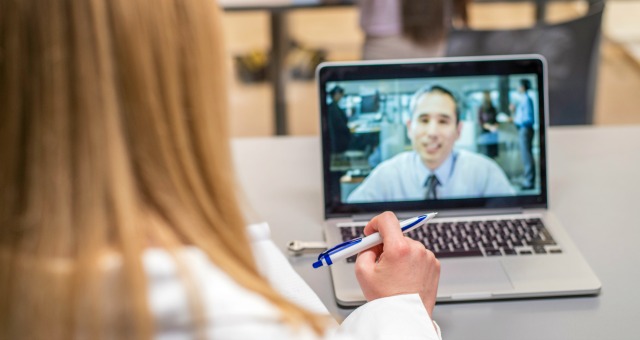
Educational Platforms: DRM’s Role in Protecting Video Learning Resources
In the digital age, educational platforms have become pivotal in disseminating knowledge through video learning resources. The implementation of Digital Rights Management (DRM) plays a crucial role in safeguarding these valuable assets. This article explores the significance of DRM in protecting video learning resources on educational platforms, ensuring the integrity of educational content in the online realm.
Introduction:
As educational platforms increasingly rely on video learning resources, the protection of this content becomes paramount. Digital Rights Management (DRM) emerges as a guardian, ensuring that educational videos remain secure from unauthorized access and distribution. This article delves into the pivotal role of DRM in preserving the integrity of video learning resources on educational platforms.
- Content Security in the Digital Classroom:
Educational platforms serve as digital classrooms, and the security of video learning resources is fundamental to their effectiveness. DRM video protection acts as a gatekeeper, implementing encryption and access controls to safeguard educational content. This ensures that only authorized users have the privilege of accessing and utilizing valuable video resources.
- Intellectual Property Protection for Educators:
Educators invest time and effort in creating instructional videos. DRM provides a robust layer of intellectual property protection, preventing unauthorized duplication, sharing, or redistribution of these videos. By securing the content, DRM empowers educators to maintain control over their intellectual contributions within the educational ecosystem.
- Controlled Access and Licensing:
DRM enables educational platforms to implement controlled access and licensing mechanisms. Through secure licensing agreements, educational videos can be made available to specific users or groups, fostering a structured and controlled environment for content distribution. This controlled access ensures that educational resources are utilized in accordance with established guidelines.
- Prevention of Unauthorized Downloads:
One of the primary challenges on educational platforms is the unauthorized downloading of video content. DRM mitigates this risk by introducing barriers to unauthorized downloads. Encryption and secure streaming protocols deter users from attempting to download videos illicitly, preserving the controlled distribution and usage of educational resources.
- Adaptability to Various Devices:
DRM enhances the adaptability of educational video content to various devices. By integrating with different platforms and devices, DRM ensures that educational videos can be accessed securely across a range of devices without compromising content protection. This adaptability contributes to a seamless learning experience for students on diverse devices.
- Monitoring and Reporting:
Educational platforms benefit from DRM’s monitoring and reporting capabilities. By tracking user interactions with video content, DRM provides valuable insights into usage patterns. This data helps educational institutions refine their content strategies, identify popular resources, and detect any irregularities that may indicate potential unauthorized access or sharing.
- Dynamic Watermarking for Accountability:
The integration of dynamic watermarking within DRM solutions adds an extra layer of accountability. Watermarking embeds unique identifiers into the video content, making it traceable back to the source. This feature enhances accountability, discouraging both students and educators from engaging in unauthorized distribution or use of educational videos.
- Collaboration with Educators for DRM Implementation:
Successful DRM implementation on educational platforms involves collaboration with educators. Understanding their specific needs and concerns ensures that DRM strategies align with the educational goals of content creators. Collaboration fosters a cooperative environment where DRM becomes an ally rather than a hindrance in the delivery of quality education through video resources.
Conclusion:
Educational platforms serve as the digital frontier for learning, and DRM stands as a steadfast guardian of the video learning resources within this realm. From content security and intellectual property protection to controlled access, prevention of unauthorized downloads, adaptability to various devices, monitoring, dynamic watermarking, and collaboration with educators, DRM plays a multifaceted role in preserving the integrity of educational content. As the educational landscape continues to evolve, the implementation of DRM ensures that video learning resources remain a secure and valuable asset in the digital classroom.





